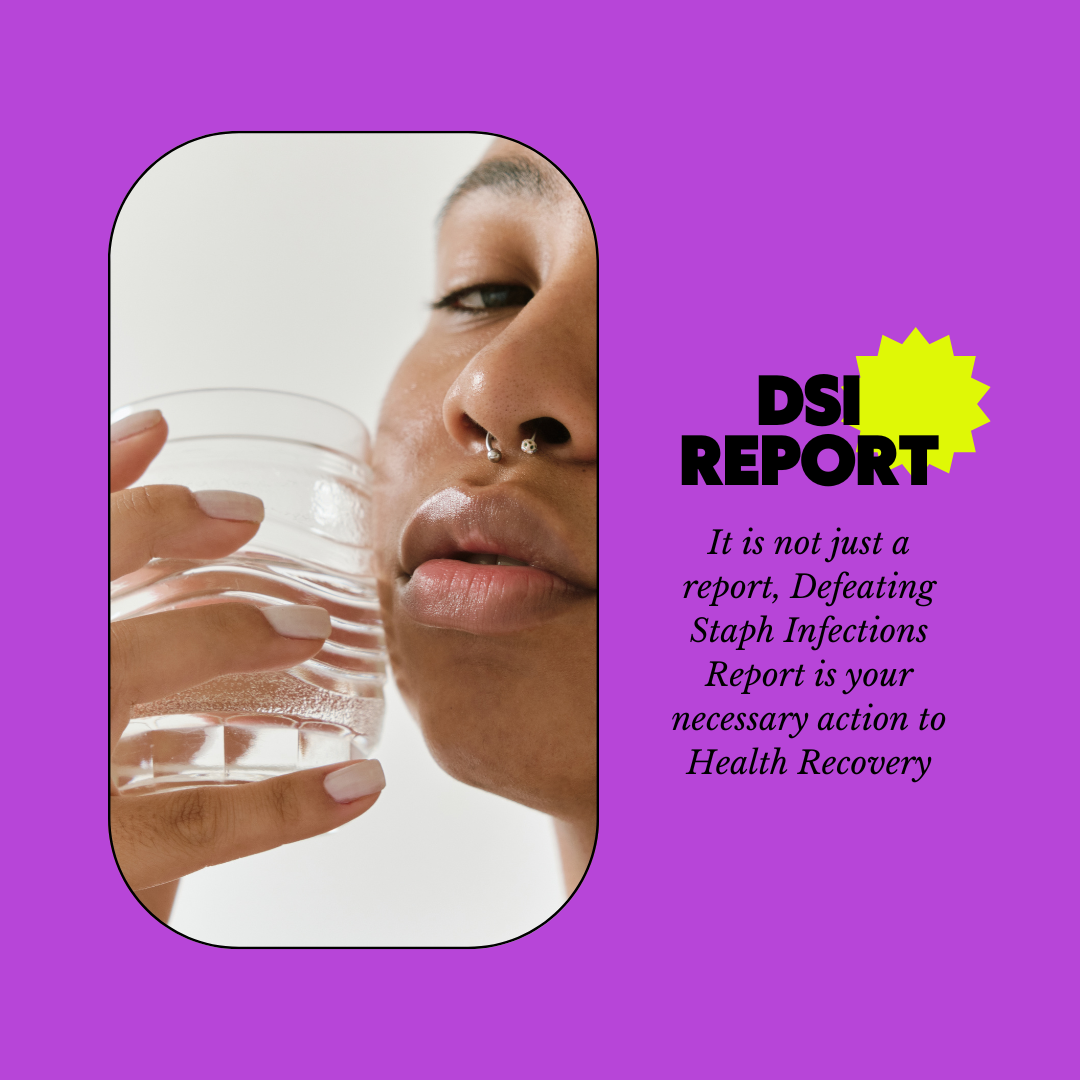How does wearing gloves help prevent the transmission of Staphylococcus in healthcare settings?
Wearing gloves in healthcare settings is a fundamental component of infection control practices, helping to prevent the transmission of Staphylococcus and other pathogens. Gloves act as a physical barrier, preventing direct contact between healthcare workers' hands and infectious agents, thus reducing the risk of spreading infections. Here’s how gloves are instrumental in such environments:
1. Barrier Protection:
Gloves provide a physical barrier between the skin and biological fluids, infectious agents, or contaminated surfaces, effectively preventing direct contact with pathogens including Staphylococcus bacteria, which can be present on patients' skin, wounds, or bodily fluids.
2. Cross-Contamination Prevention:
By wearing gloves, healthcare workers can avoid contaminating their hands with pathogens, which might otherwise be transferred to other patients or surfaces within the healthcare environment. Gloves are particularly important when handling materials contaminated with body fluids or when performing procedures that might involve contact with non-intact skin or mucous membranes.
3. Enhancing Hand Hygiene:
Gloves are used in conjunction with hand hygiene practices. It is crucial that healthcare workers perform hand hygiene before putting on gloves and immediately after removing them. Gloves can sometimes have microscopic defects or get punctured; additionally, hands can become contaminated during glove removal. Proper hand hygiene further ensures the reduction of pathogen transmission.
4. Standard and Contact Precautions:
In the context of infection control, the use of gloves is part of both standard precautions (which are applied to the care of all patients) and contact precautions (which are used for patients known or suspected to harbor highly transmissible pathogens). This dual approach reinforces the effectiveness of gloves in infection prevention.
5. Special Procedures and Isolation:
For procedures that have a higher risk of transmitting infections or when dealing with highly infectious materials, gloves are essential. They are also mandatory when managing patients in isolation for Staphylococcus infections, such as MRSA, to prevent its spread to other patients and staff.
Best Practices for Glove Use in Healthcare Settings:
- Proper Selection: Use the right type of gloves (e.g., non-sterile vs. sterile, material type) suited for the task.
- Correct Use: Change gloves between tasks and procedures, even on the same patient, to prevent cross-contamination.
- Safe Removal: Follow proper techniques for removing gloves to avoid contaminating hands. This usually involves peeling off the first glove without touching the outside, holding it with the gloved hand, and then sliding fingers under the wrist of the remaining glove to peel it off over the first glove.
- Disposal: Dispose of gloves appropriately after use to avoid contaminating the environment or spreading bacteria.
By effectively using gloves as part of a broader infection control strategy, healthcare workers can significantly mitigate the risk of Staphylococcus transmission, protecting both themselves and the patients they care for.






Post a Comment